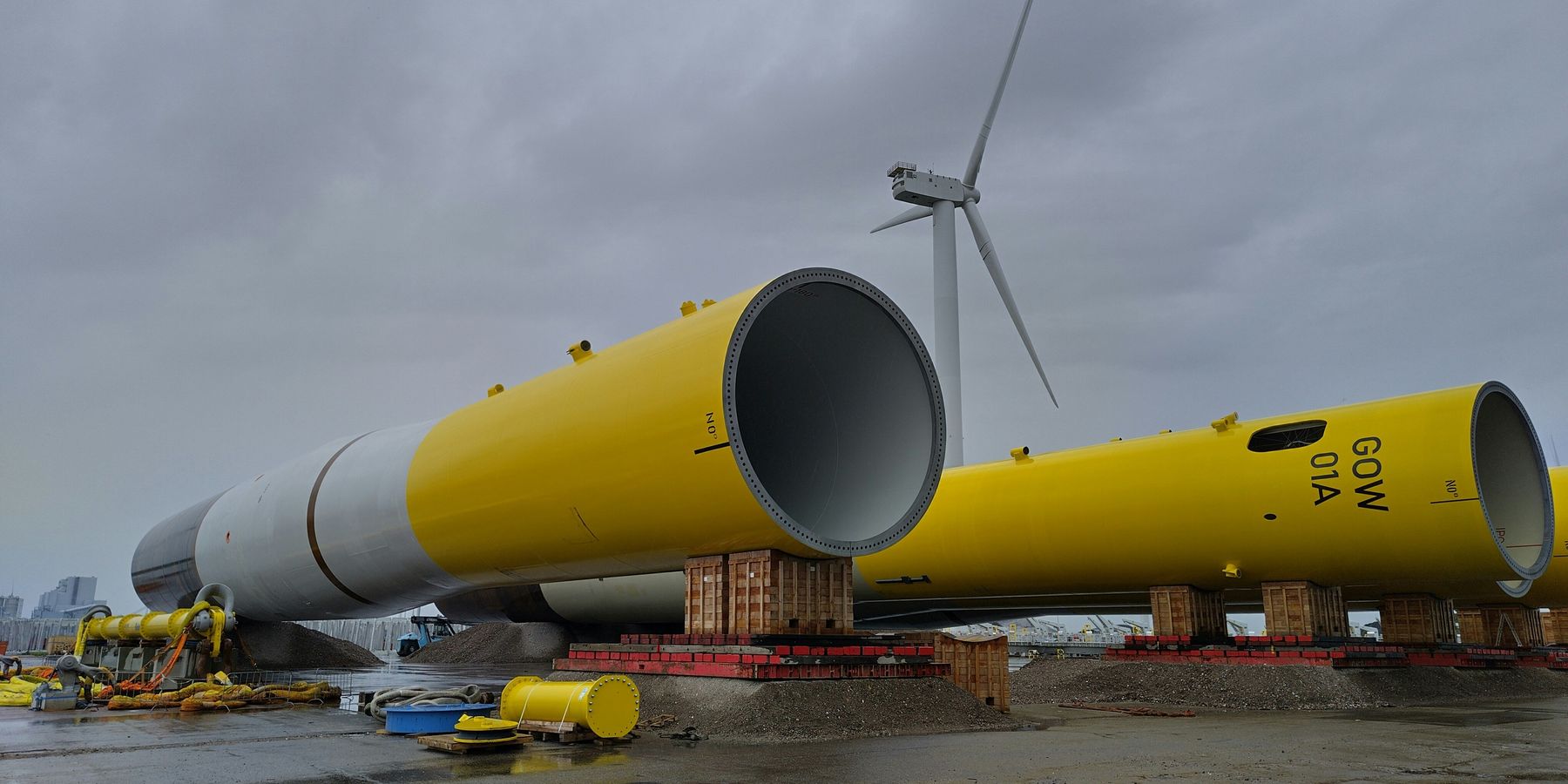Renewable energy faces significant hurdles in Ohio
Renewable energy projects in Ohio face fierce opposition from fossil fuel-backed groups, despite incentives from the Inflation Reduction Act designed to boost solar and wind development across the nation.
Hilary Beaumont reports for Floodlight.
In short:
- The Inflation Reduction Act provides substantial tax credits and incentives that have made renewables as affordable as fossil-fuel energy sources. However, developers in Republican-run Ohio remain skeptical about overcoming local regulatory and political obstacles.
- Ohio's 2021 Senate Bill 52 allows local governments to veto solar and wind projects, but not fossil fuel facilities, creating an uneven playing field, green-energy advocates say. The bill is just one example of the organized efforts that have passed 400 local restrictions against wind, solar and other projects in 41 states, according to a 2024 report by Columbia Law School.
- Fossil fuel-backed groups in Ohio are spreading misinformation and lobbying against renewable energy projects, significantly slowing down development.
Key quote:
“Ohio is probably one of the most biased states in terms of its treatment of renewables as this catastrophic thing that needs to be limited and banned.”
— Dave Anderson, policy and communications manager for the Energy and Policy Institute.
Why this matters:
Renewable energy is vital for reducing greenhouse gas emissions and combating climate change. However, opposition and regulatory hurdles in key states like Ohio threaten the pace and effectiveness of this transition, emphasizing the ongoing battle between clean energy and fossil fuel interests.













